Download a printable checklist for moving with your dog or cat.
Moving is a disruptive process for everyone—and that includes our furry friends. Whether the move is down the block or across the country, it can stress a pet out or even trigger behavioral issues. “After being weaned, moving is the second-biggest stressor in a pet’s life,” says Dr. Carol Osborne, D.V.M., an integrative veterinarian at Ohio’s Chagrin Falls Veterinary Center and Pet Clinic. “Their entire world is turned upside down.”
But there are simple ways to ease your four-legged companion’s anxiety. Follow these expert-approved strategies to make the transition easier for you and your pet pals.
Before The Move
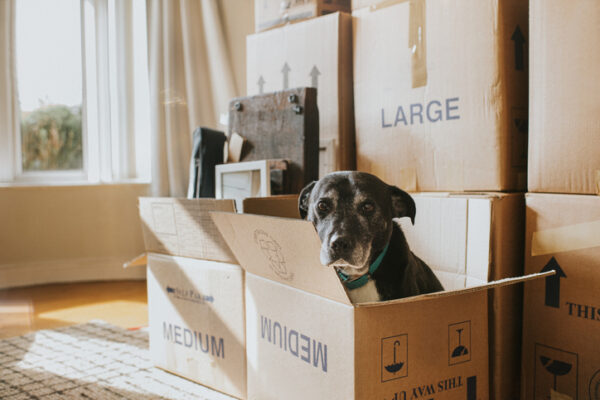 Know The Rules
Know The Rules
You’ll probably need specific documents for travel, especially if you’re crossing state lines or flying with your pet. A certificate of veterinary inspection is often required when you move to a new state; some counties and states even require a quarantine. Find each state’s requirements on the USDA’s site.
Schedule A Vet Visit
Get copies of your pet’s health records, says Dr. Judy Morgan, D.V.M., an integrative veterinarian at Clayton and Churchtown Veterinary Associates in New Jersey. Also, ask about motion-sickness prevention or sedatives, refill any prescriptions, update their vaccinations, and ask for a vet recommendation in your new town.
Update Your Records
Tell your pet insurance company that you’re planning to move and the date when the coverage should be transferred to your new address. (Don’t have pet insurance? Get a fast, free quote through the GEICO Insurance Agency to protect your pal.) If your pet is micro-chipped, call the company or update your address online. No chip? This is a good time to consider one, since pets may get loose during the chaos of moving.
Ease Them Into The Idea
Well before moving day, get cats accustomed to being in a carrier and dogs comfortable in a crate or carrier by putting a blanket or food inside and leaving the door open, says Morgan; once your pet gets used to going in, you can close the door. Osborne recommends taking short drives with your pet and associating something positive with each trip, like playtime or a treat. Also, put all packed boxes in one area; leave as much of the home as possible in a normal state for as long as you can, suggests Osborne.
During The Move
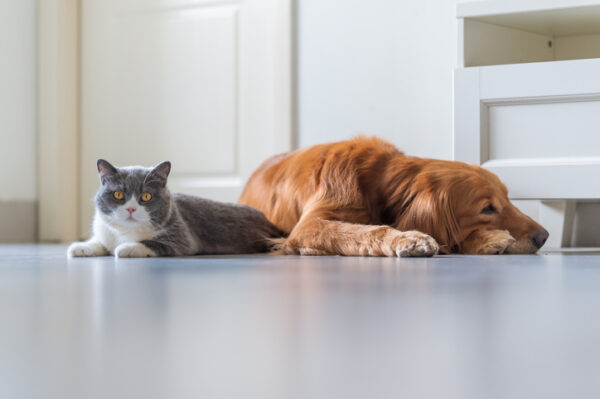 Keep Them Out Of The Fray
Keep Them Out Of The Fray
On moving day, consider boarding skittish pets or keeping them in a safe, enclosed area, like the bathroom. Cats and other small animals should be in hard-sided carriers, and dogs should be in one room or the backyard, says Osborne. When you’re ready to go, the Humane Society of the United States (HSUS) says pets should always be secured in the back seat.
Ride Right
Bring your pet’s favorite food, treats, water, a pet first-aid kit, a disposable litter box or pet pads, and towels. And monitor their behavior closely in the car. The ASPCA recommends covering the carrier with a sheet for the first few hours; remove it when your pet becomes more relaxed. (Find more smart strategies on keeping your dog safe while driving.)
Soothe With Scents
During the drive, give your pet an article of clothing you’ve recently worn—your smell naturally calms their nerves, says Osborne. For cats, you can also try a few drops of catnip essential oil on a cotton ball; this can instantly chill Mittens out. Dog-appeasing pheromones can help relax Rover. And consider anti-anxiety herbs and flower essences, says Morgan: “They’re safe, they smell nice, and they take the edge off.”
Stop—A Lot
Stop every three to six hours so you can get out of the car with your pet, use the bathroom, and give them water. “An exercised pet is a tired, well-behaved pet,” says Osborne. If you have to stop somewhere overnight, book a pet-friendly hotel.
If You Fly
HSUS recommends you weigh all the risks of flying with your pet. If you must fly, HSUS suggests the following:
- Fly direct.
- Be on the same flight as your pet.
- Try not to ship pets in the cargo hold (brachycephalic animals, like bulldogs and Persian cats, should never go in the cargo hold).
- Avoid busy periods (like holiday weekends), when pets are more likely to experience rough handling.
After The Move
Pet-Proof The Place
Before you let Fido and Fluffy into their new home, do a sweep to make sure doors close and latch easily; keep an eye out for any exposed wires; and, for cats, look for possible hiding areas, says Morgan. (Learn how to pet-proof your place in a weekend.)
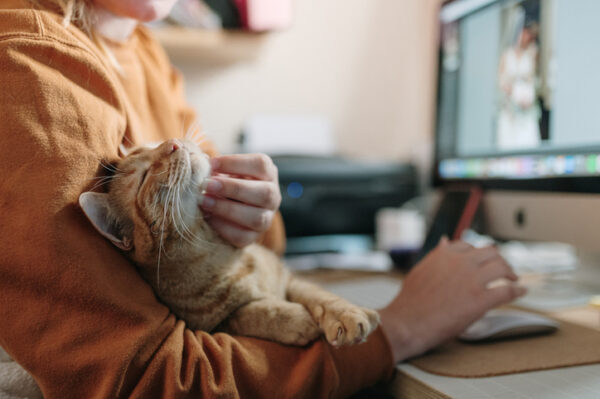 Make Them Feel At Home
Make Them Feel At Home
Ease your pet into the new place by making it a little like their old one. Put their familiar objects—bowls, litter boxes, scratching posts—in the areas they’re used to. Set up a special room with their (unwashed) blankets from their old home. “A pet’s life goes through the nose,” says Osborne. “Those familiar smells help them relax and feel more comfortable in their new surroundings.”
Do A Walk-Through With Them
For cats, place a litter box on each level of a multistory home, says Morgan, and show them where you’ve put them. For dogs, if there are rooms they’re not allowed to go into, start training right away by having them sit and wait outside the room, Morgan says. Also, spend extra time on walks to help dogs get used to the new neighborhood, suggests Osborne. “All pets are going to need a little time to acclimate,” she says. “Most can do it nicely, but be patient, especially with younger and senior pets.”
Before your big move, be sure your furry best friend is protected with affordable pet insurance, including dog insurance or cat insurance, through the GEICO Insurance Agency.
Read More: Need to hire a new dog walker? Here are 5 questions to ask.
By Maridel Reyes
Illustration by Sam Island



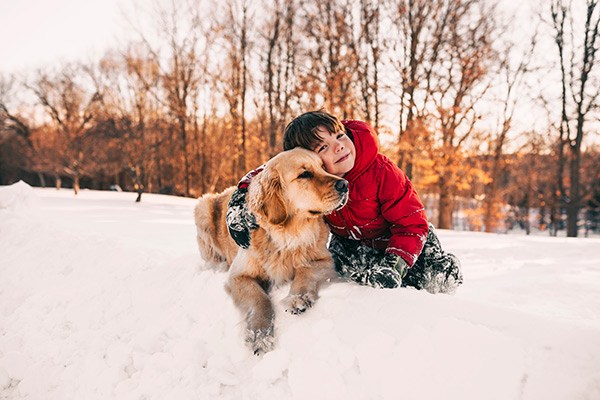
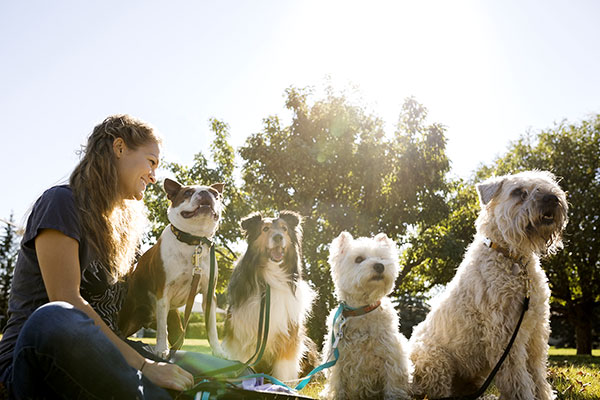

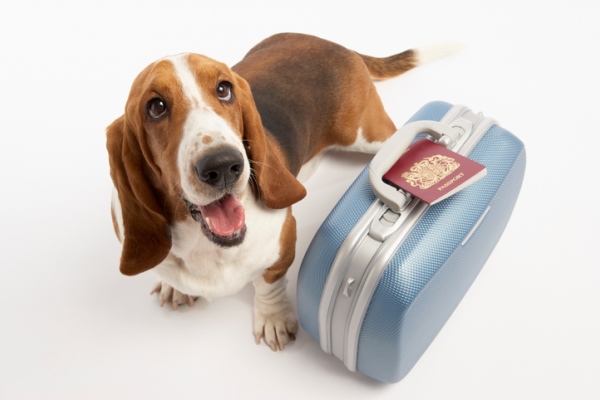

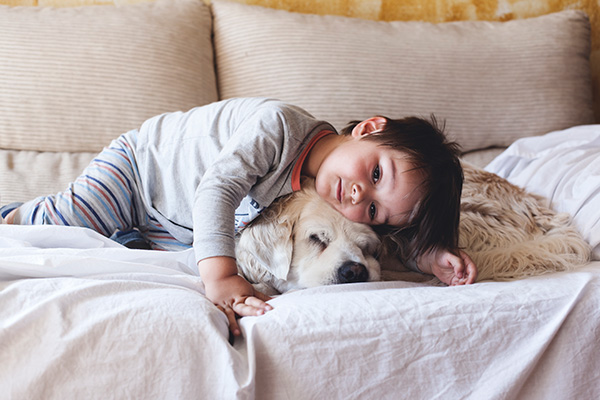
Okoro Goodluck says,
This is a powerful write up and a very important tips to really improve my ideas on the topic, Dogs are mans closest friends. hoping to see more of your works. Nice work